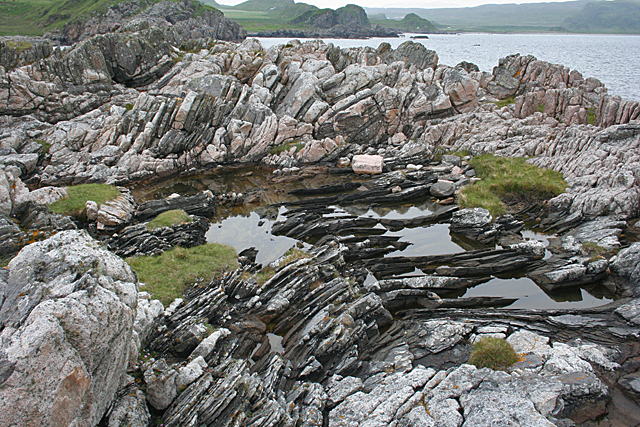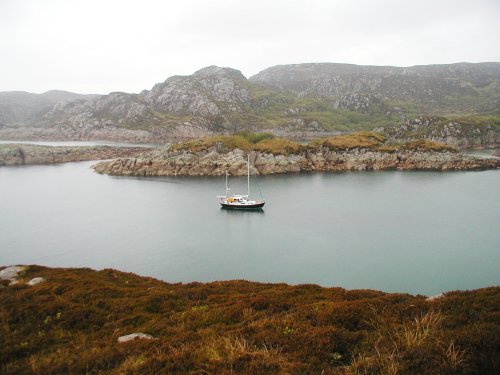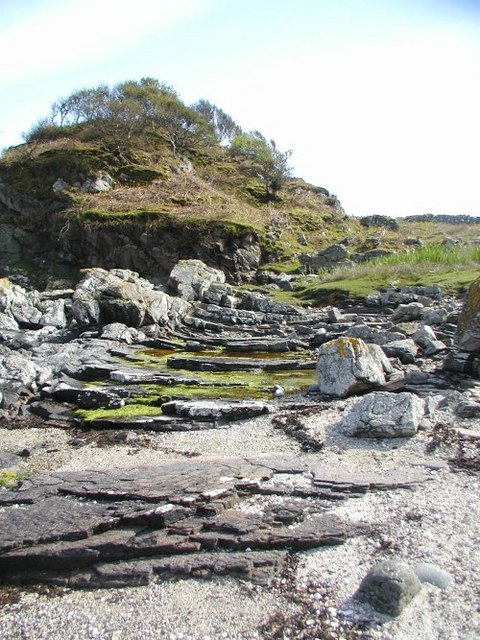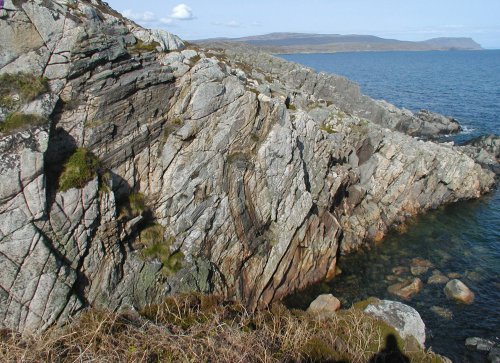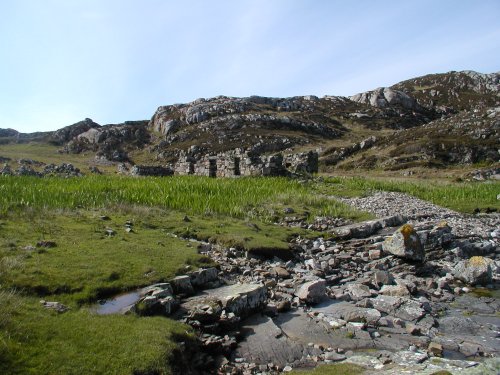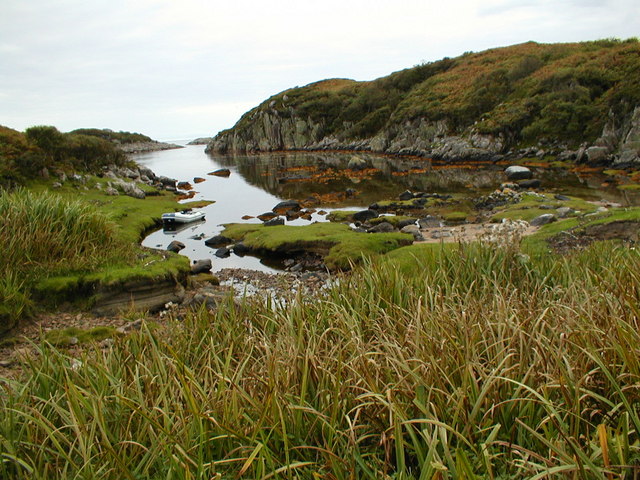Port Faoileann a' Chlachanaich
Sea, Estuary, Creek in Argyllshire
Scotland
Port Faoileann a' Chlachanaich

Port Faoileann a' Chlachanaich is a picturesque coastal area located in Argyllshire, Scotland. Nestled amidst the natural beauty of the region, it is renowned for its stunning sea, estuary, and creek. The name "Port Faoileann a' Chlachanaich" translates to "Port of Seagulls and Rocks" in Gaelic, which perfectly encapsulates the essence of this serene location.
The sea at Port Faoileann a' Chlachanaich boasts crystal clear waters that shimmer under the sunlight. It is a haven for marine enthusiasts, offering opportunities for swimming, snorkeling, and diving. The sea is also home to a diverse range of marine life, including seals, dolphins, and various species of fish.
The estuary at Port Faoileann a' Chlachanaich is formed by the convergence of a river and the sea. This unique ecosystem supports a rich biodiversity, attracting numerous bird species, including seagulls, herons, and cormorants. Birdwatchers can spot these magnificent creatures in their natural habitat, soaring above the estuary.
A creek meanders through the landscape, adding to the charm of Port Faoileann a' Chlachanaich. Surrounded by lush greenery, the creek is a tranquil spot for nature lovers to explore. Visitors can take leisurely walks along its banks, immersing themselves in the peaceful ambiance and enjoying the soothing sounds of flowing water.
With its stunning sea, estuary, and creek, Port Faoileann a' Chlachanaich offers a perfect blend of natural beauty and tranquility. Whether you seek adventure in the sea, observe birdlife in the estuary, or simply unwind by the creek, this coastal area is sure to leave visitors captivated by its breathtaking scenery.
If you have any feedback on the listing, please let us know in the comments section below.
Port Faoileann a' Chlachanaich Images
Images are sourced within 2km of 56.270431/-6.2594073 or Grid Reference NM3616. Thanks to Geograph Open Source API. All images are credited.



Port Faoileann a' Chlachanaich is located at Grid Ref: NM3616 (Lat: 56.270431, Lng: -6.2594073)
Unitary Authority: Argyll and Bute
Police Authority: Argyll and West Dunbartonshire
What 3 Words
///outsize.define.flagging. Near Fionnphort, Argyll & Bute
Related Wikis
Ardalanish
Ardalanish (Scottish Gaelic: Àird Dealanais) is a village on the Isle of Mull in Argyll and Bute, Scotland. It is now an organic farm and weaving mill...
Knocknafenaig
Knocknafenaig (Scottish Gaelic: Cnoc na Fennaig) is a ruined township on the Isle of Mull, Scotland. Located in the south-western portion of the island...
Uisken
Uisken (Scottish Gaelic: Uisgean, meaning "water-bay") is a settlement on a sandy bay on the Ross of Mull in the south of the Isle of Mull, on the west...
Ross of Mull
The Ross of Mull (Scottish Gaelic: An Ros Mhuileach) is the largest peninsula of the Isle of Mull, about 28 kilometres (17 mi) long, and makes up the south...
Nearby Amenities
Located within 500m of 56.270431,-6.2594073Have you been to Port Faoileann a' Chlachanaich?
Leave your review of Port Faoileann a' Chlachanaich below (or comments, questions and feedback).


